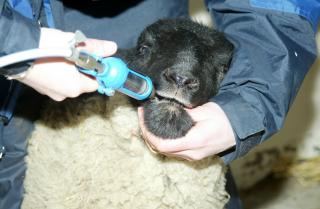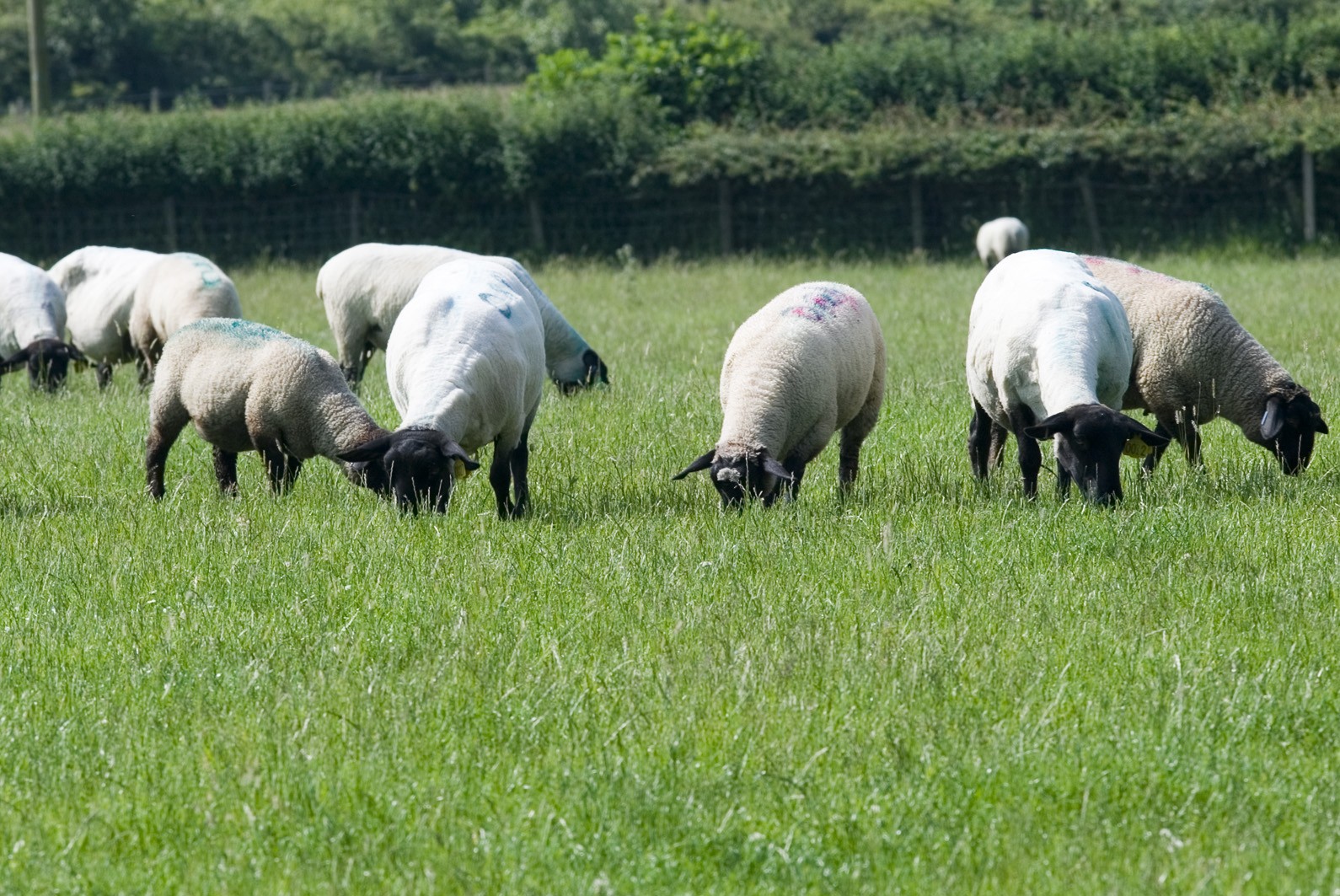Sustainable Control Of Parasitic Worms In UK Livestock
Published on 23 July 2009 in Sustainability and Communities , Food, health and wellbeing

Introduction
Endemic parasitic diseases such as those caused by roundworms and sheep scab cost the UK livestock industry many millions of pounds per annum due to both losses in productivity and the costs of control, and as such are a major disease component affecting sustainability. Currently, antiparasitic drugs (anthelmintics) form the cornerstone of our control strategies and, with the introduction of novel drugs, are expected to do so for the foreseeable future. However, the intensive use of anthelmintics is now known to be an unsustainable approach due to the development of anthelmintic resistance; these resistant worms now pose a global threat to ruminant livestock farming. It is clear that we require a better understanding of how resistance develops, its genetic basis and associated mechanisms in order to develop best practice advice that will provide effective sustainable roundworm control strategies for our farmers.
Key Points
- Moredun Research Institute has unique facilities and the range of research expertise to enable it to tackle the issue of anthelmintic resistance at all levels covering the mechanisms of resistance, its diagnosis using either phenotypic and or genotypic tests and fundamental and applied studies on its development and management.
- Researchers at Moredun have isolated, purified and maintained resistant isolates that have been used in its research programme. This research has demonstrated the widespread prevalence of resistance against our three current anthelmintic families and has highlighted the importance of drug transport and metabolism mechanisms in resistance against ivermectin; a member of arguably our most valuable drug family that is used to control both internal and external parasites (endectocide).
- These studies have also confirmed the importance of maintaining the size of the worm population unexposed to anthelmintic (in refugia) in order to delay the rate of development of resistance. Reducing anthelmintic usage through effective targeting of treatments has been confirmed as one of the best ways to maintain the population in refugia and thus prolong drug efficacy.
- This research is not only important for the conservation of our current drug families but is also vital for the new drug families that are expected to come on the market in the future since it provides best practice advice on the use of anthelmintics.
Research Undertaken
Applied research
Field studies at Moredun have examined the impact of different treatment strategies on the development of ivermectin resistance and in particular have studied the value of moving away from treating the whole flock to treating individuals (targeted selective treatments TST). These studies have used a decision support system developed at Moredun that uses liveweight gain to calculate efficiency of production with only those animals that are not performing efficiently being treated.
.jpg)
Policy Implications

The increasing world population and expected rising demand for livestock products has focussed attention on the need for food security which can be affected by disease issues. Given the importance of agriculture to Scotland’s economy as a whole, and the need to maintain rural communities, effective control of endemic parasitic diseases is an important issue.
Author
Dr Frank Jackson frank.jackson@moredun.ac.uk
Topics
Sustainability and Communities , Food, health and wellbeing







